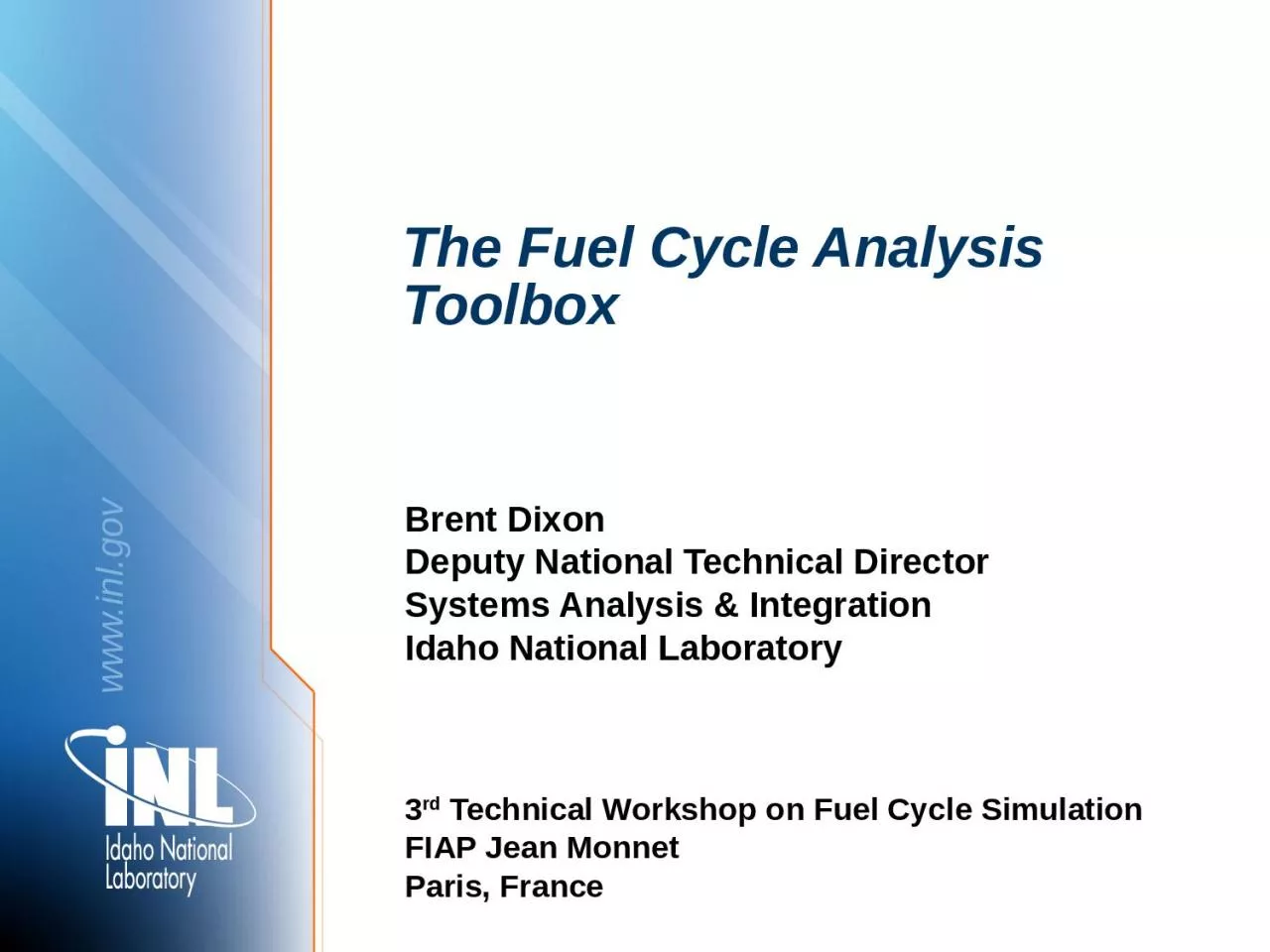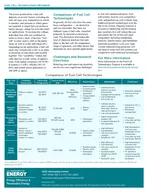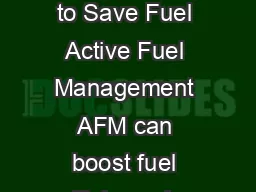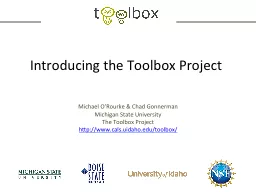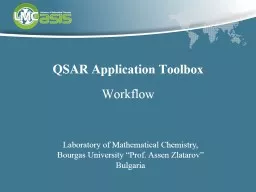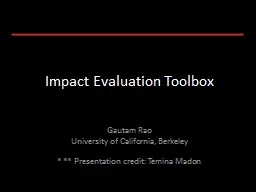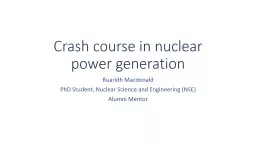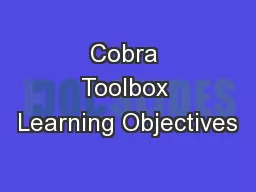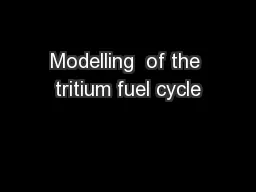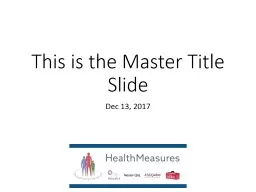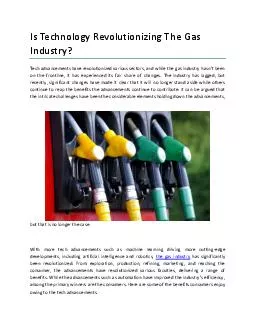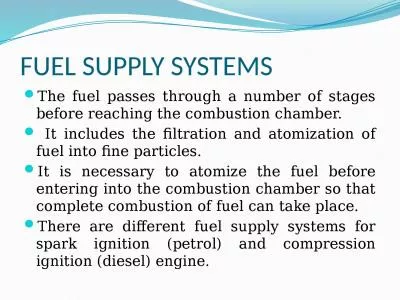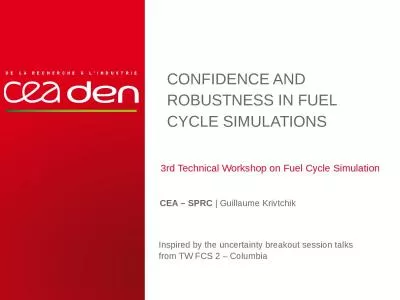PPT-The Fuel Cycle Analysis Toolbox
Author : BunnyBoo | Published Date : 2022-08-04
Brent Dixon Deputy National Technical Director Systems Analysis amp Integration Idaho National Laboratory 3 rd Technical Workshop on Fuel Cycle Simulation FIAP
Presentation Embed Code
Download Presentation
Download Presentation The PPT/PDF document "The Fuel Cycle Analysis Toolbox" is the property of its rightful owner. Permission is granted to download and print the materials on this website for personal, non-commercial use only, and to display it on your personal computer provided you do not modify the materials and that you retain all copyright notices contained in the materials. By downloading content from our website, you accept the terms of this agreement.
The Fuel Cycle Analysis Toolbox: Transcript
Download Rules Of Document
"The Fuel Cycle Analysis Toolbox"The content belongs to its owner. You may download and print it for personal use, without modification, and keep all copyright notices. By downloading, you agree to these terms.
Related Documents

